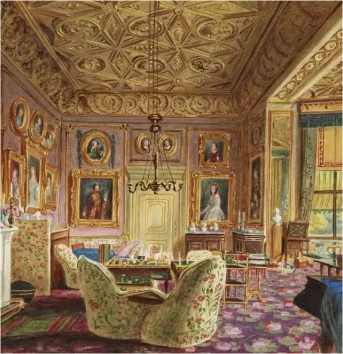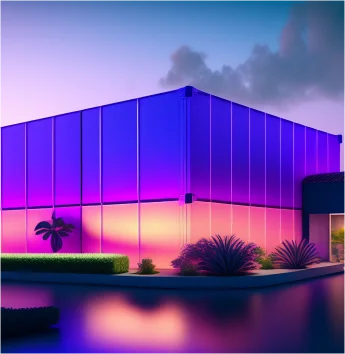“Explore the evolution of lighting from the Victorian era to today’s energy crisis.”
The Victorian era (1837-1901) was a time of remarkable technological advancement, yet lighting options were limited. Candles and oil lamps were the primary sources of illumination, with the wealthy enjoying the grandeur of chandeliers and larger candles for special occasions. Luxury hotels in Italy and Spain were pioneers in adopting the nascent technology of electric lights, foreshadowing a revolution in how we illuminate our world. Let’s deep dive into history to explore the origin of sustainable lighting solutions.
“By learning from the past and embracing modern technologies, we can create a future where sustainable lighting is accessible to all”
The Challenges of Victorian Lighting
Imagine a world lit only by candles and oil lamps. While these provided light, they also presented challenges. Candles, while offering a localized glow, could be disruptive with excessive brightness. The introduction of circular wick lamps in the 1880s offered some improvement, but these were quickly eclipsed by the rise of electric lighting. In Victorian homes, wick lamps, both flat and circular, were common. These lamps often featured a flame spreader built into the burner, allowing for some adjustment of light intensity. The wick, typically made of an open ribbon of cotton, drew paraffin oil through capillary action.
While paraffin was a more affordable option than other fuels, its illuminating power was often insufficient for entire rooms. The lingering smell was a common complaint too. Often, electric lights were reserved for special occasions or when guests were present, highlighting the transition between old and new technologies. Hand-blown glass bulbs, while beautiful, were still in their early stages of development.
Echoes of the Past, Challenges of the Present
Interestingly, the challenges we face today echo some of those faced in the Victorian era. While electric lighting became widespread in the early 20th century (Pall Mall’s first electric lights appeared in the 1930s), we now grapple with an energy crisis and climate change. Municipalities are facing difficult decisions, including switching off streetlights in some areas, a situation reminiscent of earlier times. This necessitates a renewed focus on innovation and efficiency.


“Light is more than illumination—it’s an art form that brings architecture to life and connects communities through shared experiences.”
Sustainable Lighting: A Modern Renaissance
Just as the Victorians explored new technologies to improve their lighting, we too must embrace innovation to create sustainable lighting solutions. Today, we have the tools and knowledge to develop highly efficient systems for homes, businesses, and communities. This includes exploring advancements in:
- LED Lighting: LED technology offers significant energy savings and a longer lifespan compared to traditional bulbs, making them a cornerstone of modern sustainable lighting. [Link to your LED products if applicable]
- Solar Lighting: Harnessing the power of the sun provides a clean and renewable energy source for lighting, particularly beneficial in areas with abundant sunlight.
- Smart Lighting Controls: Implementing smart lighting systems allows for automated control, optimizing energy usage and minimizing waste. This includes features like motion sensors, timers, and daylight harvesting.
- Light Pollution Reduction: Designing lighting systems that minimize light pollution is crucial for preserving dark skies and protecting ecosystems.
Building a Brighter Future
The Victorian era provides a fascinating glimpse into the evolution of lighting. By learning from the past and embracing modern technologies, we can create a future where sustainable lighting is accessible to all, contributing to a healthier planet and more vibrant communities. Let us draw inspiration from the spirit of Victorian innovation and forge a new era of efficient and environmentally responsible illumination.







